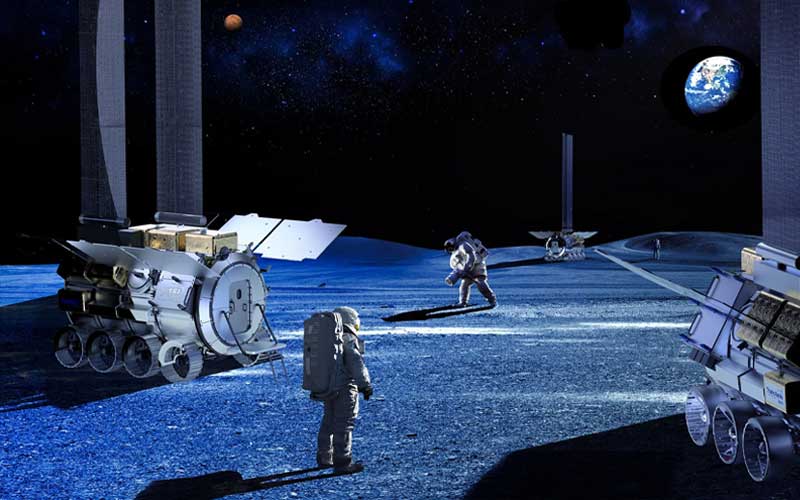
A NASA review board has given the Italian space agency the green light to move ahead with the development of its MPH lunar surface habitat.
ASI and NASA signed an agreement in 2022 that saw the Italian space agency take the lead on the design of the Multi-Purpose Habitation (MPH) module. MPH is designed to act as a home base on the lunar surface to extend a crewed mission to the Moon or as a refuge in case of emergency.
In July 2024, ASI and Thales Alenia Space, the project’s prime contractor, announced that the MPH design had passed an initial mission definition review. The next step, they explained, would be NASA’s decision on whether to proceed with the project’s development.
On 18 September, ASI announced that a NASA Mission Concept Review (MCR) Board had decided that the design had met the required criteria of the agency’s Artemis programme and had been confirmed to have reached a level of maturity that allowed its development to move to the next phase. The MCR board was chaired by NASA Associate Administrator for the Exploration Systems Development Mission Directorate, Catherine Koerner.
“We do not see this result as an endpoint, but rather as a starting point: from now on, we will face engineering, scientific, and technological challenges to confirm the validity of the Italian project and move forward towards the implementation phase,” said ASI president Teodoro Valente. “It’s a race against time to ensure that our MPH habitat module is the first element in the process of permanent installations on the lunar surface.”
According to the ASI update, this phase of the project’s development will last approximately two years. After that, construction of the first flight model will begin.
Italy’s Multi-Purpose Habitation module
The MPH lunar surface habitat will be three metres wide and six metres long with a mass of around 15 tonnes. The habitat will feature wheels, allowing it to be positioned to support crewed missions at different locations on the lunar surface.
The habitat will be capable of supporting two astronauts for one mission per year, lasting between 7 and 30 days. It will also be capable of supporting larger crews for short periods in case of an emergency. When the habitat is not supporting a crew, it will autonomously conduct scientific experiments.




